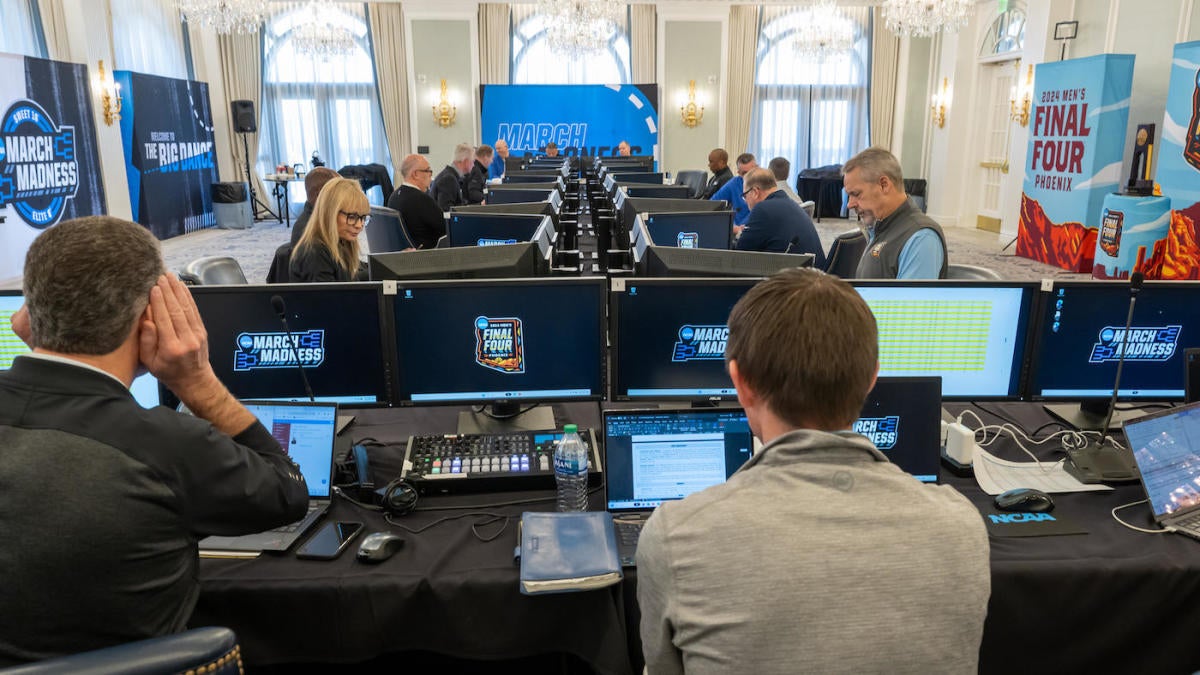MisterGopher
Well-known member
- Joined
- Nov 12, 2008
- Messages
- 465
- Reaction score
- 273
- Points
- 63
The NCAA men's basketball committee wrapped its annual summer meetings on Wednesday and didn't move closer to a decision on whether to expand the NCAA Tournament, sources told CBS Sports. The topic was discussed at length Tuesday and remains up for debate for many reasons, arguably the biggest being the significant financial commitment (with millions more in expenses) that would come with expanding — not just the men's tournament but the women's as well. The NCAA is deliberating whether to stay at 68 teams or increase to 72 or 76. There's no timeline on a decision, sources told CBS Sports.
Committee members also discussed the consequence that would come with expanding the field, sources said, namely that going to 72 or 76 teams would require teams that would be in a 68-team field to be pulled out of the Thursday/Friday matchups to play on Tuesday/Wednesday in the First Four-type of event. Some of those teams would likely be No. 10 seeds, which does have impacts of competitive balance of the bracket.
Two new metrics coming to selection process
On Thursday morning, the NCAA announced the changes that were approved during the committee's meetings in Park City, Utah. Most notably, the ever-valuable team sheets (which committee members constantly reference as they deliberate how to select and seed teams for March Madness) are getting a facelift. Two metrics — one résumé-based, one predictive — will be implemented starting next year. This will bring six metrics to team sheets, rounding out a process that will have more data — three predictive metrics, three résumé-based — than ever before.
BartTorvik.com, a predictive metric similar to KenPom.com, was approved as an official team sheet metric, per the NCAA's release. Torvik's T-Rank system has ascended in popularity in college basketball circles over the past half-decade. The other big add is a metric referred to as "Wins Above Bubble," which is résumé-based and in essence shows how many more (or fewer) wins a team has earned against its schedule vs. what an average bubble team would do against that same schedule. For the hardcore analytic community in basketball, Wins Above Bubble (WAB) has been regarded as the most objective of all metrics when it comes to evaluating résumé performance.

 www.cbssports.com
www.cbssports.com
Committee members also discussed the consequence that would come with expanding the field, sources said, namely that going to 72 or 76 teams would require teams that would be in a 68-team field to be pulled out of the Thursday/Friday matchups to play on Tuesday/Wednesday in the First Four-type of event. Some of those teams would likely be No. 10 seeds, which does have impacts of competitive balance of the bracket.
Two new metrics coming to selection process
On Thursday morning, the NCAA announced the changes that were approved during the committee's meetings in Park City, Utah. Most notably, the ever-valuable team sheets (which committee members constantly reference as they deliberate how to select and seed teams for March Madness) are getting a facelift. Two metrics — one résumé-based, one predictive — will be implemented starting next year. This will bring six metrics to team sheets, rounding out a process that will have more data — three predictive metrics, three résumé-based — than ever before.
BartTorvik.com, a predictive metric similar to KenPom.com, was approved as an official team sheet metric, per the NCAA's release. Torvik's T-Rank system has ascended in popularity in college basketball circles over the past half-decade. The other big add is a metric referred to as "Wins Above Bubble," which is résumé-based and in essence shows how many more (or fewer) wins a team has earned against its schedule vs. what an average bubble team would do against that same schedule. For the hardcore analytic community in basketball, Wins Above Bubble (WAB) has been regarded as the most objective of all metrics when it comes to evaluating résumé performance.

NCAA Tournament to include two new metrics beginning in 2025; committee delays decision on expansion
Additionally: In 2026, Indianapolis will become the first city to host the D-I, D-II, D-III and men's NIT tournaments in the same year
